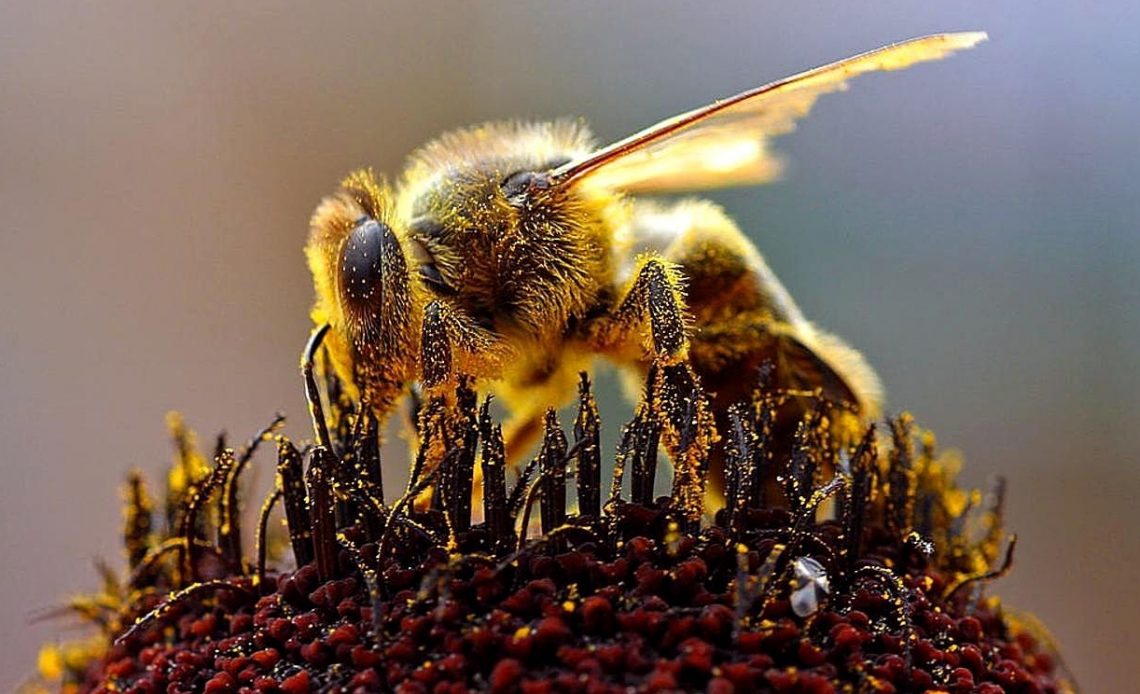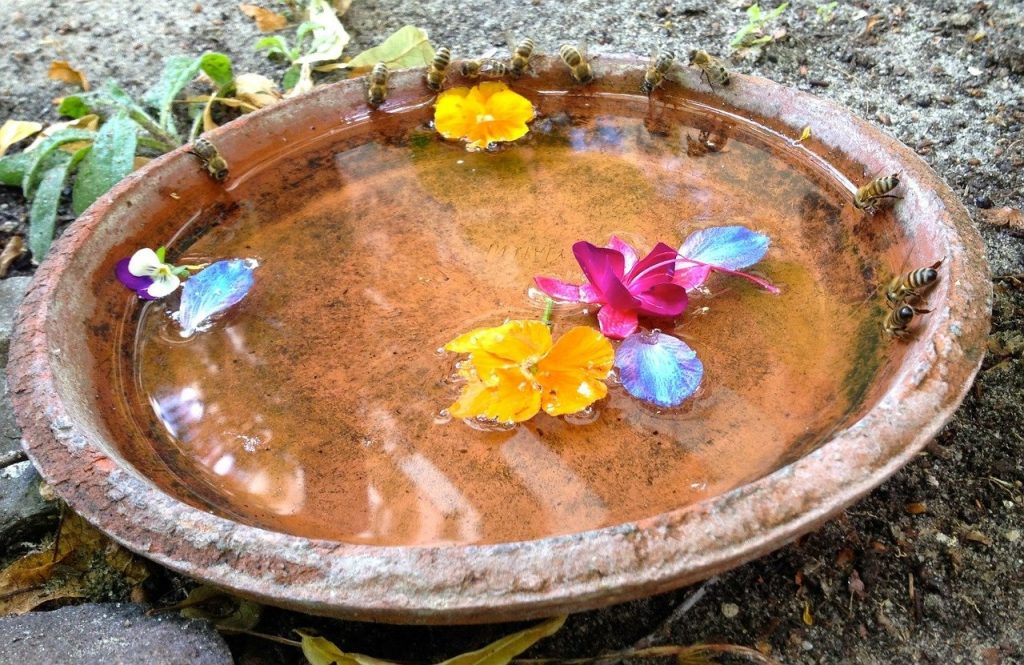

We’re here to help! Wild Yards is a completely free website that is 100% dedicated to helping you create a wildlife-friendly, sustainable yard. Read more
WildYards is reader-supported. When you buy a product through a link on our site, we may earn a comission. Every product is independently selected by our (obsessive) editors and our reviews are unbiased and objective. Read more about our mission or our privacy policy.
Bees are hard-working little creatures – and to work as hard as they do, they need regular sustenance. But how long do bees live without food in the wild?
Bees can only survive up to 24 hours without nectar and pollen. After that, they are at risk of starving to death. Ensuring you have a variety of pollen and nectar-rich flowers and plants in your garden for them to feed on is a must!
How long will bees live if trapped indoors?
If trapped indoors with no source of natural food – i.e. sugars in nectar and pollen – a bee is likely to starve within hours. Tragically, bees can only fly for up to an hour without feeding. Therefore, if you see a grounded bee, it’s likely hungry for some sugar.
If you accidentally trap a bee inside your home, it’s crucial that they find a path out as quickly as possible. While you can feed bees yourself, it’s an altogether better idea to help them find natural nectar in your wild yard. Be sure to start attracting bees to your garden with a healthy selection of blooms.
How much do bees need to eat in a day?
The amount of nectar that bees eat generally depends on their size, the size of their hive, and of course, the amount of nectar that is present in the area. Generally speaking, bees can consume about four to five pounds of nectar every day. As you can imagine, that is quite a lot for such a little body!
A worker bee, in particular, needs about 11mg of dry sugar every day to get the energy that they need – to keep their queen and hive running. This means the average bee will likely need to feed on up to 5,000 different flowers a day – that’s an incredible feast!
The moment a bee gets stuck, enclosed, or is far from a source of food, the sooner the clock starts ticking – they need to top up on that sweet nectar as soon as possible.
Can I feed wild bees?
You can indeed help feed the wild bees in your area if you wish, especially if you notice a spate of grounded insects.
Bees love sugar water, so if you have a hummingbird feeder, it is likely that the bees will eat from it. That said, they are most likely going to make a literal beeline for flowers they can get pollen from.
It’s also important to remember that bees can’t digest brown sugar – so only choose the natural, white, granulated kind.
It is also good to have a bee bath set up in your garden, especially during warmer months. This will obviously help the bees stay hydrated, and it will also help keep them and their hives cool at high temperatures. It’s also worth keeping vigilant for any bees that drop into the water, too – as bees can’t actually swim – they paddle.

Of course, the best way to help to keep them well-fed is by planting bee-friendly flowers in your garden. It is best to have a wide variety of different flowers – opt for bright colors (and try not to sway too much towards red, as bees cannot see it!).
How can I help bees get the food they need?
It’s as simple as making sure that your garden or yard is full of gorgeous, pollen-rich flowers. For example, did you know that clematis can attract bees? It’s worth researching which flowers are most likely to welcome bees the most (here’s a hint – if it’s rich in nectar and pollen, it’s likely to be popular with most hive-dwellers).
There are some flowers and plants, however, you will need to be careful in your research and approach. Hydrangeas, for example, are often considered sterile. While the odd hydrangea may appeal to bees in your area, they give off no pollen or nectar – meaning your bees are likely to get frustrated!
Otherwise, trust in the natural instincts of the bee – they are marvelous little creatures that follow the paths to the best nectar spots through dance!
If you do find a bee that’s grounded, offer it a little sugar water to help revive it – but beyond this, they can look after themselves fairly well.

I have a bee trapped in a wall air conditioner. I don’t know what kind of bee he/she is. It’s been 3 weeks now, and the frequency and duration of buzzing sessions has decreased, he/she is still alive. The bee is definitely trapped and is not getting out to feed. How can it still be alive after 3weeks??!!! I feel terrible about this. Any insight?